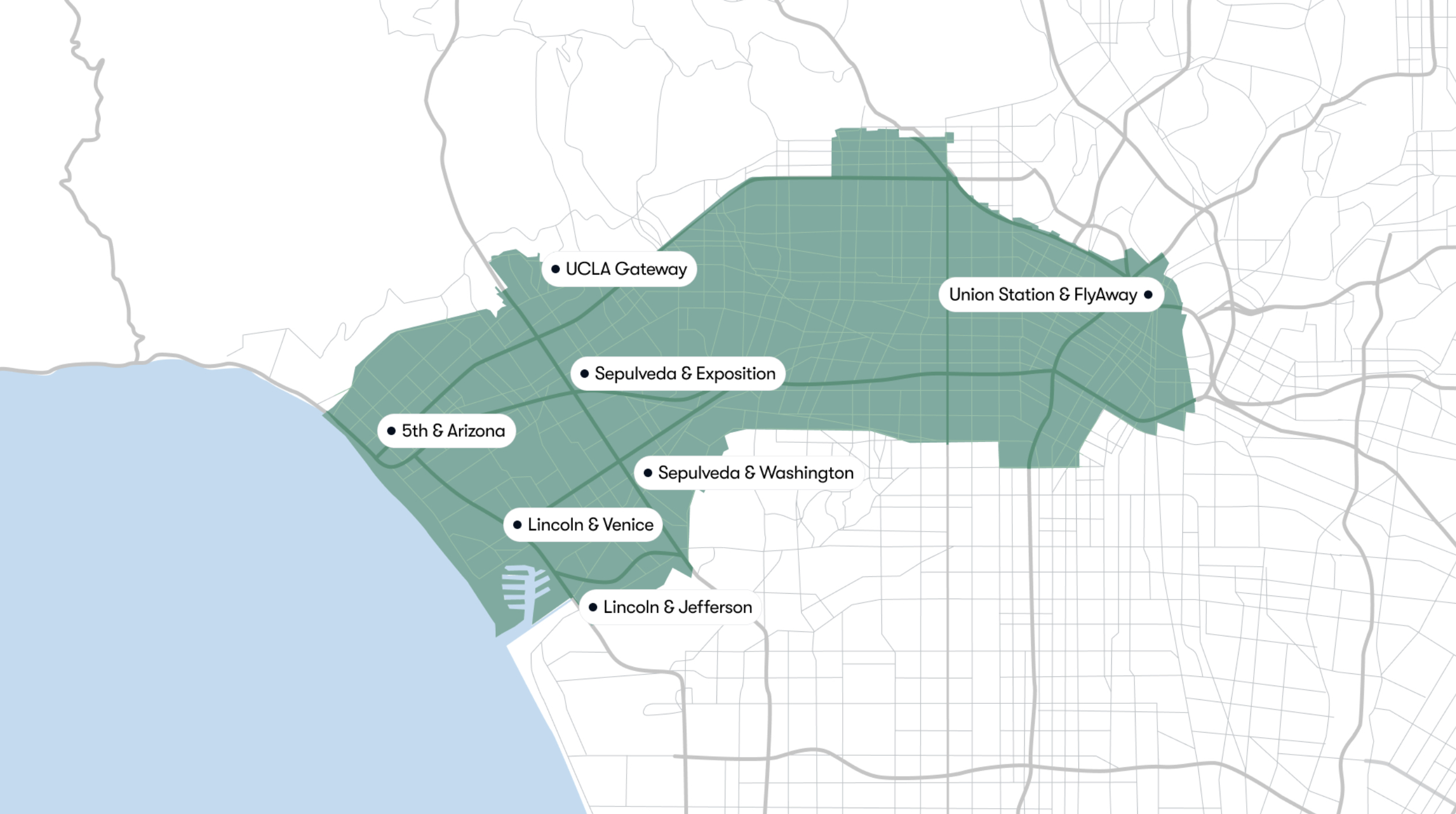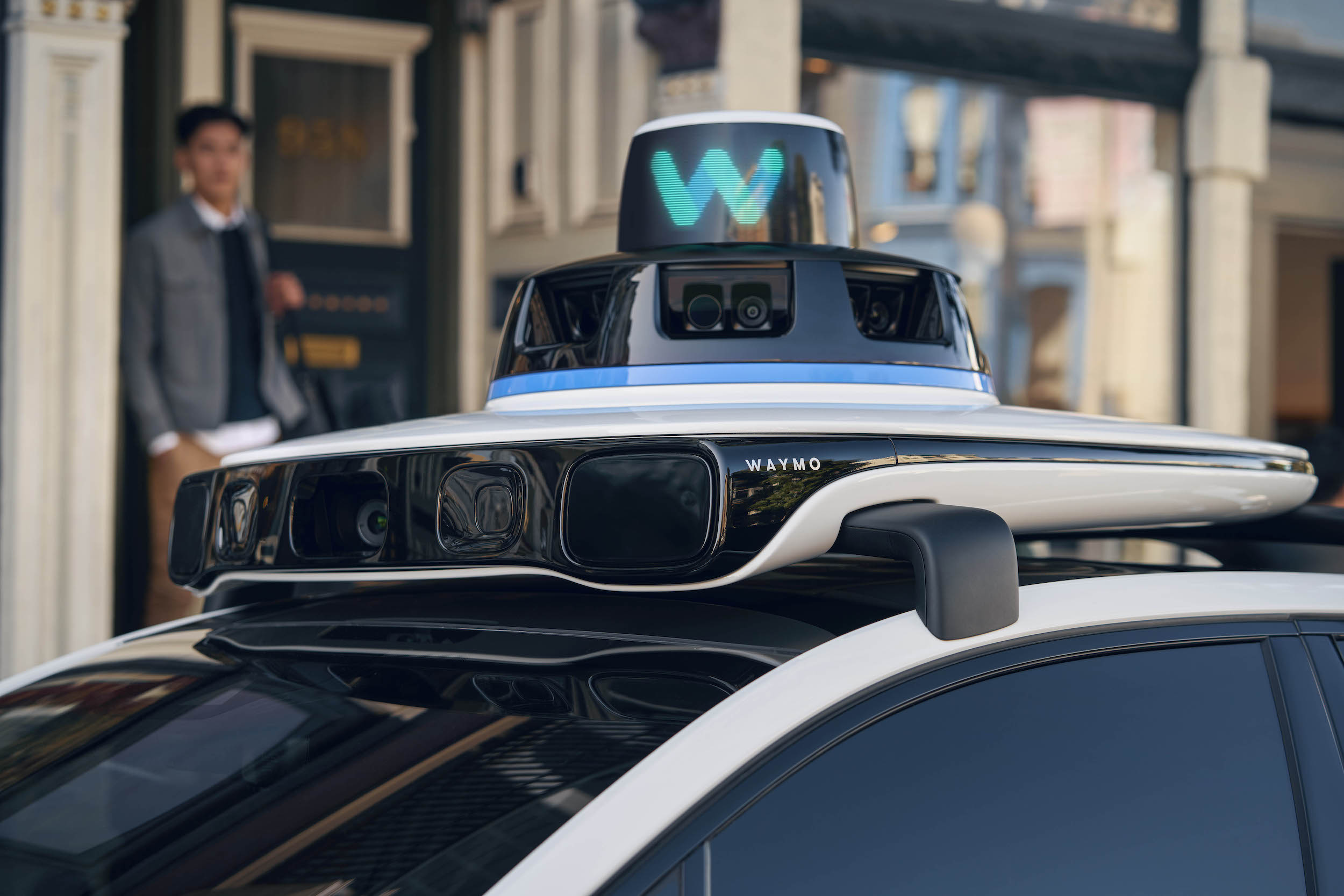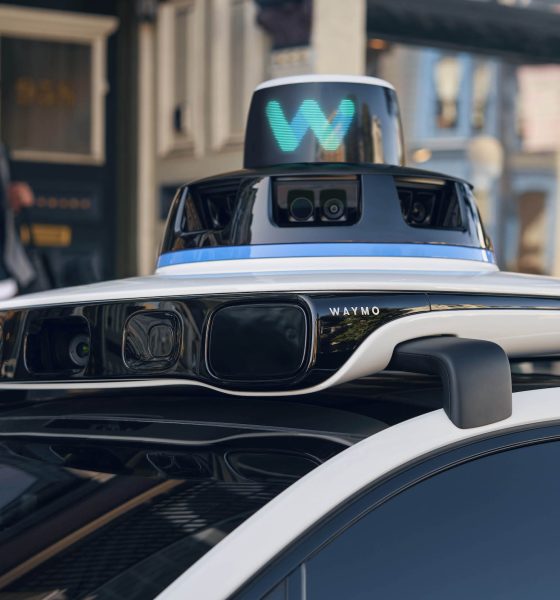Waymo has launched a transit credit pilot program in Los Angeles, following initial tests in San Francisco last year.
On Tuesday, Waymo announced in a press release that it is launching a two-month pilot program in the Southern California city, which will essentially pay $3.00 credits to riders who connect to seven eligible transit stations. The company, which is backed by Google’s parent company Alphabet, will run the program from February 4 through April 1, offering convenient routes to and from the Los Angeles International Airport (LAX).
In the announcement, the company says that credits will be added to rider accounts on the day following the ride, and they’ll then be usable for 60 days. Waymo also highlights the launch of the program arriving on Transit Equity Day, a holiday honoring civil rights hero Rosa Parks, whose birthday was on February 4.
The program will be used to study how Waymo One is used by riders as a first- and last-mile ride-hailing solution that it hopes to help integrate with public transportation options to make them more accessible. It says it also performed similar evaluations through its pilot program in San Francisco, which launched in October.
LA stations participating in the program are located at the following intersections/transit sites, as can also be seen on the map below:
- 5th and Arizona
- Lincoln and Jefferson
- Lincoln and Venice
- Sepulveda and Exposition
- Sepulveda and Washington
- Union Station and FlyAway
- UCLA Gateway

Credit: Waymo
READ MORE ON WAYMO: Waymo study analyzes collisions with vulnerable road users
Waymo, Tesla and commercial robotaxi services
Waymo One is the service and app the company uses for its driverless electric robotaxis, which currently offers paid rides to users in the Bay Area and around Los Angeles, as well as in Phoenix, Arizona and Austin, Texas. The company began paid LA rides in November, officially dropping the need for users to join a waitlist to ride.
In all of the aforementioned areas, users simply need to download the Waymo One app to hail a ride. The company has also announced plans to launch in Miami, Florida in the coming months.
Additionally, the firm says it’s operating 150,000 paid rides each week, resulting in a weekly reduction of over 220 tons of carbon emissions, and up from its 100,000 rides per week announced in August. In December, the company also announced plans to launch a pilot program in Japan, slated to begin this year.
Waymo is currently the only driverless ride-hailing company operating paid rides at such a large scale, with competitors like Amazon-owned Zoox rolling out initial services. Meanwhile, Tesla aims to begin offering unsupervised robotaxi services in June, following its unveiling of the steering wheel-less, two-seat Cybercab in October.
?: Our FULL first ride in the @Tesla Cybercab pic.twitter.com/6gR7OgKRCz
— TESLARATI (@Teslarati) October 11, 2024
In addition to the Cybercab, which is expected to offer a similar paid ride-hailing service to Waymo One, Tesla currently sells its Supervised Full Self-Driving (FSD) software, which the autonomous vehicle will utilize, as either a monthly subscription or one-time purchase to owners.
Tesla also teased a ride-hailing app interface as early as last April in its Q1 earnings Shareholder Deck, showing off a user’s ability to summon rides, set temperature controls in the vehicle, and follow along with navigation. Such a service has also been promised to Tesla owners for several years, and it’s eventually expected to let them deploy their own personal vehicles to autonomously give rides and generate income when not in use.
What are your thoughts? Let me know at zach@teslarati.com, find me on X at @zacharyvisconti, or send us tips at tips@teslarati.com.
Waymo valued at over $45 billion following latest financing round: report
Need accessories for your Tesla? Check out the Teslarati Marketplace:

Elon Musk
Elon Musk’s X will start using a Tesla-like software update strategy
The initiative seems designed to accelerate updates to the social media platform, while maintaining maximum transparency.

Elon Musk’s social media platform X will adopt a Tesla-esque approach to software updates for its algorithm.
The initiative seems designed to accelerate updates to the social media platform, while maintaining maximum transparency.
X’s updates to its updates
As per Musk in a post on X, the social media company will be making a new algorithm to determine what organic and advertising posts are recommended to users. These updates would then be repeated every four weeks.
“We will make the new 𝕏 algorithm, including all code used to determine what organic and advertising posts are recommended to users, open source in 7 days. This will be repeated every 4 weeks, with comprehensive developer notes, to help you understand what changed,” Musk wrote in his post.
The initiative somewhat mirrors Tesla’s over-the-air update model, where vehicle software is regularly refined and pushed to users with detailed release notes. This should allow users to better understand the details of X’s every update and foster a healthy feedback loop for the social media platform.
xAI and X
X, formerly Twitter, has been acquired by Elon Musk’s artificial intelligence startup, xAI last year. Since then, xAI has seen a rapid rise in valuation. Following the company’s the company’s upsized $20 billion Series E funding round, estimates now suggest that xAI is worth tens about $230 to $235 billion. That’s several times larger than Tesla when Elon Musk received his controversial 2018 CEO Performance Award.
As per xAI, the Series E funding round attracted a diverse group of investors, including Valor Equity Partners, Stepstone Group, Fidelity Management & Research Company, Qatar Investment Authority, MGX, and Baron Capital Group, among others. Strategic partners NVIDIA and Cisco Investments also continued support for building the world’s largest GPU clusters.
News
Tesla FSD Supervised wins MotorTrend’s Best Driver Assistance Award
The decision marks a notable reversal for the publication from prior years, with judges citing major real-world improvements that pushed Tesla’s latest FSD software ahead of every competing ADAS system.

Tesla’s Full Self-Driving (Supervised) system has been named the best driver-assistance technology on the market, earning top honors at the 2026 MotorTrend Best Tech Awards.
The decision marks a notable reversal for the publication from prior years, with judges citing major real-world improvements that pushed Tesla’s latest FSD software ahead of every competing ADAS system. And it wasn’t even close.
MotorTrend reverses course
MotorTrend awarded Tesla FSD (Supervised) its 2026 Best Tech Driver Assistance title after extensive testing of the latest v14 software. The publication acknowledged that it had previously criticized earlier versions of FSD for erratic behavior and near-miss incidents, ultimately favoring rivals such as GM’s Super Cruise in earlier evaluations.
According to MotorTrend, the newest iteration of FSD resolved many of those shortcomings. Testers said v14 showed far smoother behavior in complex urban scenarios, including unprotected left turns, traffic circles, emergency vehicles, and dense city streets. While the system still requires constant driver supervision, judges concluded that no other advanced driver-assistance system currently matches its breadth of capability.
Unlike rival systems that rely on combinations of cameras, radar, lidar, and mapped highways, Tesla’s FSD operates using a camera-only approach and is capable of driving on city streets, rural roads, and freeways. MotorTrend stated that pure utility, the ability to handle nearly all road types, ultimately separated FSD from competitors like Ford BlueCruise, GM Super Cruise, and BMW’s Highway Assistant.
High cost and high capability
MotorTrend also addressed FSD’s pricing, which remains significantly higher than rival systems. Tesla currently charges $8,000 for a one-time purchase or $99 per month for a subscription, compared with far lower upfront and subscription costs from other automakers. The publication noted that the premium is justified given FSD’s unmatched scope and continuous software evolution.
Safety remained a central focus of the evaluation. While testers reported collision-free operation over thousands of miles, they noted ongoing concerns around FSD’s configurable driving modes, including options that allow aggressive driving and speeds beyond posted limits. MotorTrend emphasized that, like all Level 2 systems, FSD still depends on a fully attentive human driver at all times.
Despite those caveats, the publication concluded that Tesla’s rapid software progress fundamentally reshaped the competitive landscape. For drivers seeking the most capable hands-on driver-assistance system available today, MotorTrend concluded Tesla FSD (Supervised) now stands alone at the top.
News
Elon Musk’s Grokipedia surges to 5.6M articles, almost 79% of English Wikipedia
The explosive growth marks a major milestone for the AI-powered online encyclopedia, which was launched by Elon Musk’s xAI just months ago.

Elon Musk’s Grokipedia has grown to an impressive 5,615,201 articles as of today, closing in on 79% of the English Wikipedia’s current total of 7,119,376 articles.
The explosive growth marks a major milestone for the AI-powered online encyclopedia, which was launched by Elon Musk’s xAI just months ago. Needless to say, it would only be a matter of time before Grokipedia exceeds English Wikipedia in sheer volume.
Grokipedia’s rapid growth
xAI’s vision for Grokipedia emphasizes neutrality, while Grok’s reasoning capabilities allow for fast drafting and fact-checking. When Elon Musk announced the initiative in late September 2025, he noted that Grokipedia would be an improvement to Wikipedia because it would be designed to avoid bias.
At the time, Musk noted that Grokipedia “is a necessary step towards the xAI goal of understanding the Universe.”
Grokipedia was launched in late October, and while xAI was careful to list it only as Version 0.1 at the time, the online encyclopedia immediately earned praise. Wikipedia co-founder Larry Sanger highlighted the project’s innovative approach, noting how it leverages AI to fill knowledge gaps and enable rapid updates. Netizens also observed how Grokipedia tends to present articles in a more objective manner compared to Wikipedia, which is edited by humans.
Elon Musk’s ambitious plans
With 5,615,201 total articles, Grokipedia has now grown to almost 79% of English Wikipedia’s article base. This is incredibly quick, though Grokipedia remains text-only for now. xAI, for its part, has now updated the online encyclopedia’s iteration to v0.2.
Elon Musk has shared bold ideas for Grokipedia, including sending a record of the entire knowledge base to space as part of xAI’s mission to preserve and expand human understanding. At some point, Musk stated that Grokipedia will be renamed to Encyclopedia Galactica, and it will be sent to the cosmos.
“When Grokipedia is good enough (long way to go), we will change the name to Encyclopedia Galactica. It will be an open source distillation of all knowledge, including audio, images and video. Join xAI to help build the sci-fi version of the Library of Alexandria!” Musk wrote, adding in a later post that “Copies will be etched in stone and sent to the Moon, Mars and beyond. This time, it will not be lost.”










